How to Write a Compelling Business Request Letter to Reach Your Goal Faster
1. What is a business request letter?
2. Business request letter format and structure
3. Tips to write a business request letter
4. Pull and Push strategies in the request letter
5. How to write and send a request letter via email
6. When you should write a request letter
Useful tools:
1. Newoldstamp - Email signature marketing
2. SendGrid - Email builder and sender
3. Boomerang - Tool for scheduling emails
4. Mailtrack - Email link opens tracking
5. Canva - Online tool for making designs
6. Mega Creator - Online graphic design tool
7. HubSpot - AI email writing and sender
Did you know that one of the most prevalent types of business emails/letters are requests?
What is a business request letter?
It is a message through which one individual asks another individual or a group of people to do something. In the professional world, people may need to request for more information, donations, payments, and many other things. Often business request letter writing is a time-consuming task, but once you know how to start the message, what to say, and how to structure everything, you will become much quicker.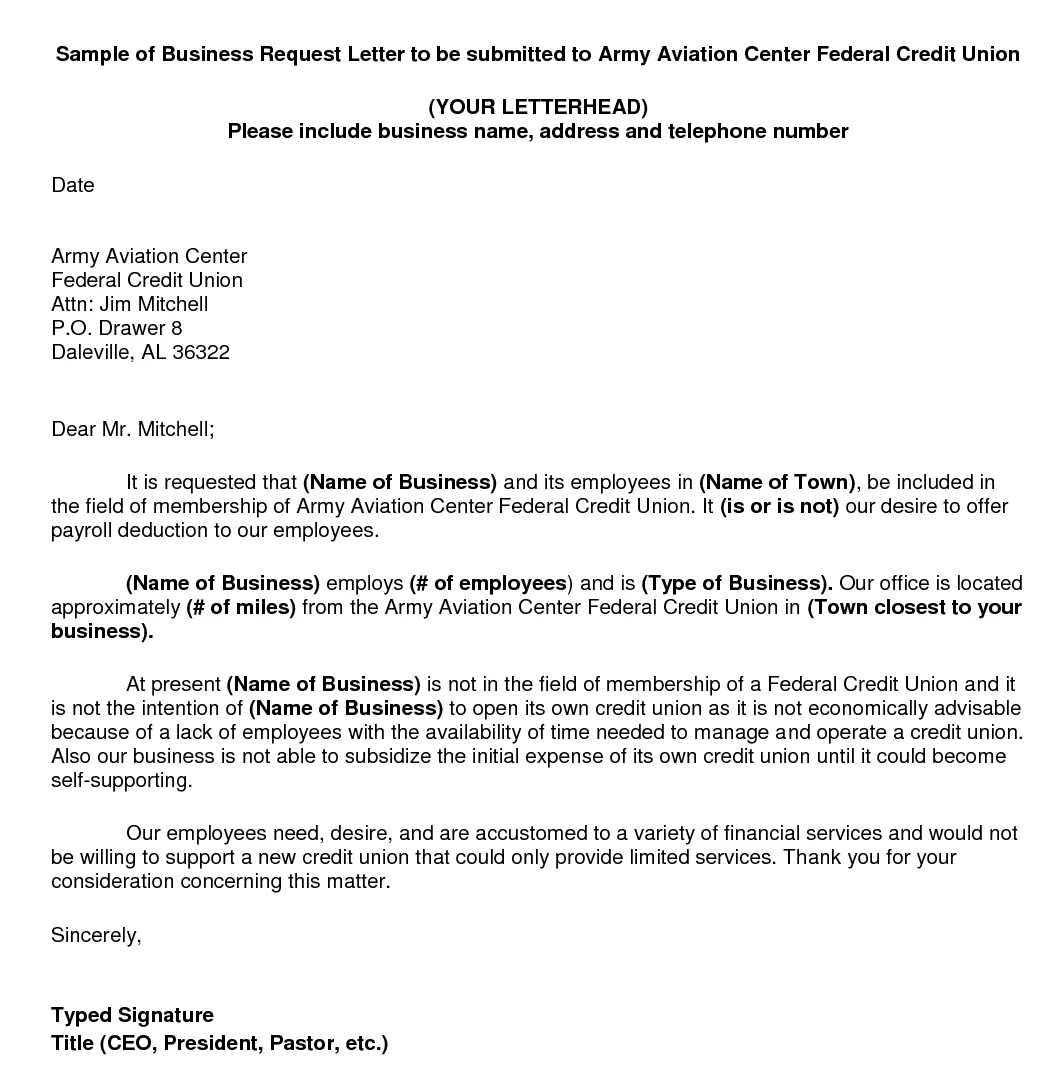
Business request letter format and structure
In case you don’t know how to write a business request email/letter, try the RAP model.
RAP stands for:
R – a reason for writing;
A – action requested;
P – a polite and professional closing.
First of all, state a reason for writing. Use phrases like “This is to let you know that…” or “I am writing about…”. Then write about the action you want them to do. Keep in mind that short and simple sentences make your letter clear and easy to read. For example, “Could you please send me…?”, “Please take care of…”, “Can you please deliver…?”, “I would appreciate if you could send me…”. You may also want to explain the reason for your request: “This will allow me to…”, “This way, we can…”, “This will help us to…”. Then finish with a polite and professional closing like “Thank you for your attention to this matter,” “Thank you for your help,” “Looking forward to hearing from you,” “Please let me know if you have further questions,” etc.
Here is a simple example of a business request letter:
Dear Ms. Richart,
I am writing to you regarding our meeting on Monday. (Reason). Could you please send me the revised agenda by the end of this week? (Action)
Thank you for your time and help. (Polite Closing)
Best regards,
Natalie Polly
Director of Sales
ABC company
So that's it? Although the RAP model is great, it's just a basic formula, and there are still some crucial things you should consider if you need to learn how to write a business letter to request something.
#1 Use branded blanks
A branded blank is another excellent method to promote your business for free. It may also influence the decisions of your recipients. Besides, a letter written on a branded blank may inspire more trust than the one on a plain white sheet from a faceless company.
#2 Use proper fonts
The standard font size for a business request letter is 12. The font should be Times New Roman, Arial, Calibri, Verdana or Courier New. Avoid using any artistic fonts. In case your letter has a letterhead, it may be in a different font size and style. Speaking of a font style, avoid using different styles within a business letter. Use a consistent font across the entire message.

#3 Your address
Provide your contact information (sender’s address) in the first part of your letter. This info is usually included on a letterhead. For letters without a letterhead, you should add the sender's address. However, don't write the sender's name or title because it will be included in the letter's closing. Write only the street name, city, state, and postcode. Use all capital letters for the country name.
For example,
Brown Str. 111,
69115 Heidelberg,
GERMANY
#4 Date
Put the date right after the address of the sender. Make sure to leave one blank line between the sender’s address and the date. It is preferable to use the day that the request letter was completed, rather than the date it was started. Pay attention to date format. If your target company is in the United States, use the American date format (in the order “month-day-year,” e.g., May 22, 2022). For companies outside the US, use the alternate format (in the order “day-month-year,” e.g., 22 May 2022).
#5 Recipient address
Then leave one blank line after the date and add the contact information of the recipient. For example:
Dr. Robert Hoffman
Radiologische Facharztpraxis
am Marienhaus MVZ GmbH
Alstater Str. 25
Mannheim 68159
GERMANY
#6 Subject line in a request letter
Although a subject line is not mandatory in a business request letter, it serves to convey to the reader what the message is about immediately. It should be very short and to the point.
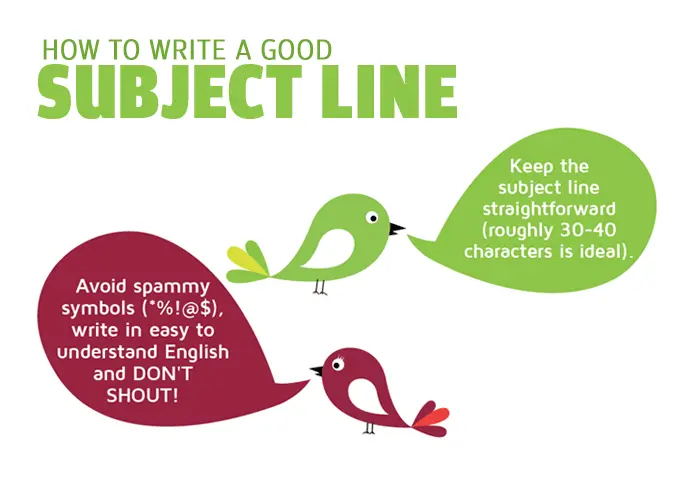
Place the subject line between the salutation and the main part of the letter if you prefer British English. For instance:
Dear Ms. Bradshaw,
Subject: Order No. 212/03
I’m writing regarding the above order, ...
In U.S. English, write the subject line between the inside address and the greeting.
Subject: Order No. 212/03
Dear Ms. Bradshaw,
I’m writing regarding the above order, …
To distinguish the subject from the body of the letter, you can use bold or capital letters, type “Subject:” or “Re:” (if you are replying to a letter).
#7 Add an official salutation
If you don't know anyone in the company you are writing to, it is crucial to find the name and title of the person you will be talking with. People are more likely to respond when addressed directly and by name. No one likes receiving the so-called “To whom it may concern” emails. Moreover, the reader might think, "OK, this doesn't concern me. I don't want to continue reading."
Whether you send your message by post or via email, it is essential to start with a proper greeting at the beginning. To set the right tone for your business-related messages, use the following salutation examples:
“Dear Mr. Rivera,”
“Dear Mr. and Mrs. Rivera,”
“Dear Mr. Max Lee.”
If you know the recipient well, it is acceptable to omit their titles that are used before surnames or full names and say: “Dear Max Lee” or “Dear Max.”
If you are uncertain of the woman's marital status, avoid using “Mrs.” or “Miss” but use “Ms.” instead.
If your email is intended for a group of people, think about your relationship with them. In case you know them well and have established a good relationship, you can use something informal such as “Hi everybody,” “Hello team.” For more formal emails, you can use greetings such as “Dear colleagues” or “Dear QA Department.”
If you are writing to a small group of people (about five recipients), you can use “hi” or “dear” plus their first names. For instance:
“Dear Jack, Rosa and Mike”
When you are contacting a group of people but only expect actions from some of them, use the power of the CC option (carbon copy).
Your email greeting will look like this:
“Hi Tim, Robert, and Jeff, CC'ing Samantha, Alice, Tina, and Markus for visibility, no action required.”
Personalization is everything if you are sending a standard cold email and want to keep the recipient’s attention. So be sure to research to find at least the reader’s name. Or you can go even further and show your recipient that you did your research by mentioning some common interests. For example:
“Alice, your Facebook mentions you like the New York Knicks, and so do I.”
If you know that your recipient lives in Germany, you can start with “Hallo Herr Koh” and other German greetings.
Sometimes it may be not easy to determine a person's gender. For example, names like Robin, Jamie or Cameron can be both male and female. (Cameron Diaz - a well-known American actress; Cameron Crowe - an American actor, producer, and screenwriter). In such circumstances, you can try searching on LinkedIn or a person's company website. If the search didn't give any results, you can drop the title and proceed with the recipient's full name. For example, “Dear Cameron Diaz.”
If you have no contact name, use these general salutations:
“Dear Sir or Madam,”
“To Whom It May Concern,”
“Dear Marketing Manager.”
#8 Write a summary of your letter
This is to summarize the information you are sending. The summary typically contains from two to five sentences.
via GIPHY
#9 Add the request explanation
Tell the recipient why you are asking for something and why the favor is important.
“I’ve been an admirer of your work for years, and I respect your copywriting expertise. My team and I would be grateful if you could write a press release about our new app. This will allow us to introduce the product to a French audience and, hopefully, enter new markets.”
#10 Official Closing
A good way to end a request letter or email message professionally is to express your appreciation and respect. The most common closing phrases are:
“Kind regards,”
“Best regards,”
“Sincerely,”
“Thank you for your consideration,”
“Thank you for your help,”
“Looking forward to meeting you soon.”
Avoid closing phrases like “Cheers,” “See you later,” “Talk to you later,” “Warmly.” They are inappropriate for business correspondence and may seem unprofessional or brusque.
#11 Signature
When you write a paper letter, it is appropriate to finish it with your handwritten signature and name. For emails, add a professional email signature after the official closing to ensure the recipient knows who you are. The main elements of a proper business email signature should include your full name, title, company, and phone number. You may also want to add your photo, links to your company’s website, and social media profiles.
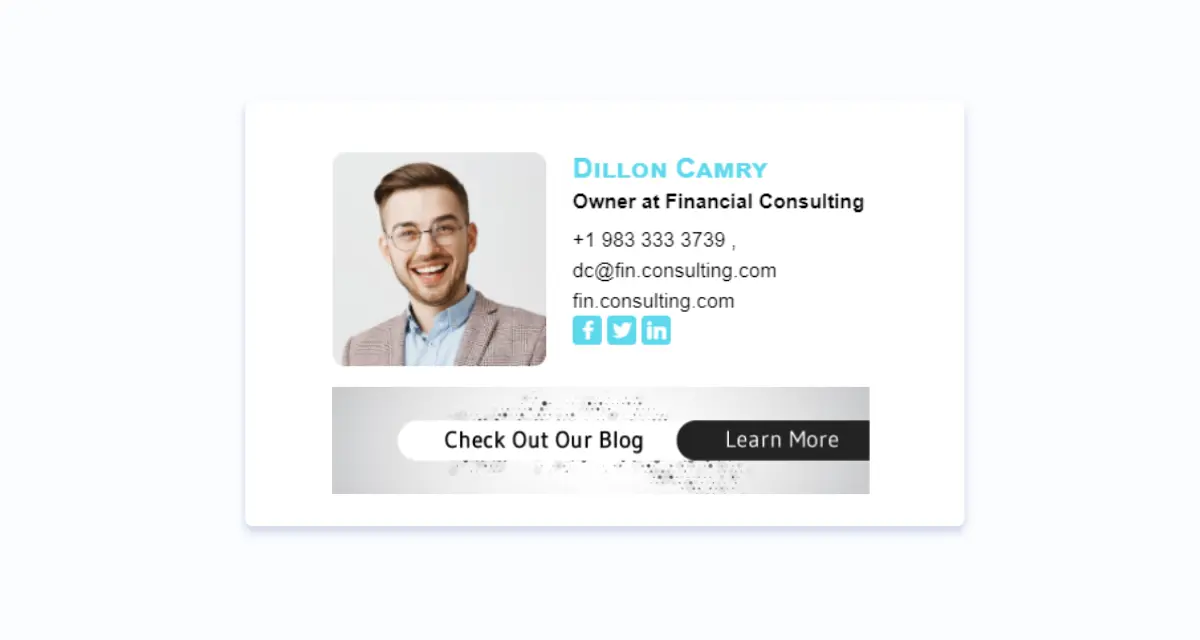
Click here to personalize a Business Request Letter by creating professional email signatures
#12 Enclosures (optional)
This line serves to tell the recipient what other documents, such as a report, brochure, CV, and so on you enclosed with your letter.
Encl.
Enclosures: 3
Enclosures (3)
Tips to write a business request letter
#1 Make only one request in your letter
If you want to cover more than one subject or request more than one action, send multiple letters. Not only will you make the message shorter, but also have more chances the recipient will handle all of your requests. If you still need to make two requests in one letter, try to use the word "also" in your second request. For example:
“Could you please provide me with your current price list?
I would also be grateful if you would send me some information on your buy-back program.”
#2 Make your request letter clear and concise
If your letter of request is hard to scan, it has fewer chances the recipient will read it to the end. No one likes crammed sentences and paragraphs. If the sentence is very long, especially when discussing growing industries like Colombia software development, it’s often better to segment it into several parts to improve clarity and readability. And when you begin to present a different topic or idea, start a new paragraph.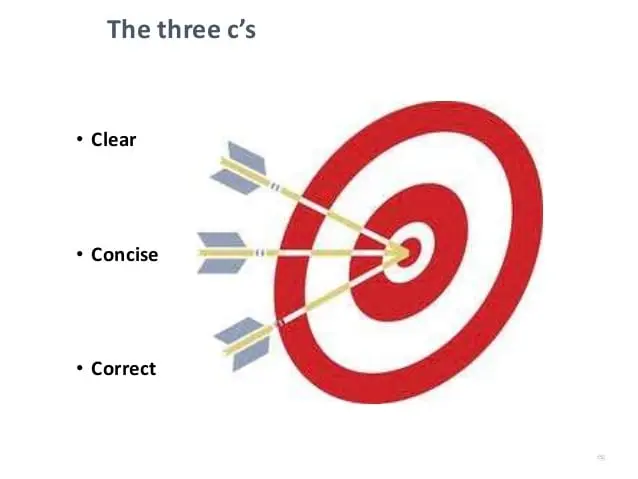
#3 Use official language and business vocabulary
To be able to create a good business email/letter of request, it is important to be courteous, professional, and friendly. Use business English vocabulary, however, remember that there is nothing wrong with using informal words in your business-related correspondence.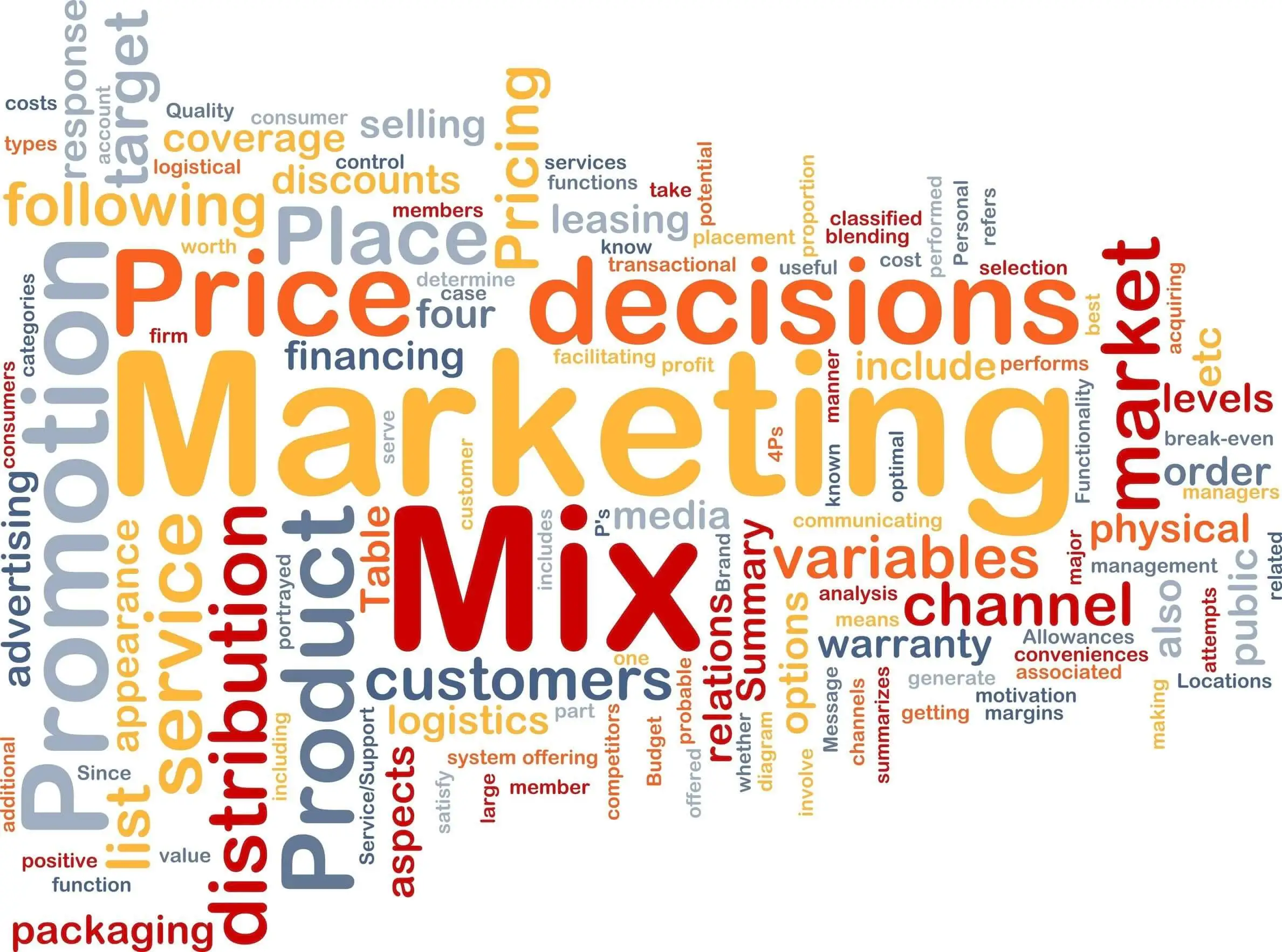
#4 Be specific and keep to the point
If you send too long and unclear messages, the reader gets too much work. And you want to create a positive professional image, don't you? Therefore, make it clear at the beginning of the letter what you are requesting and why.
#5 Save a copy for yourself
Save a copy of the original request letter for your personal files. This is particularly important in case you are dealing with collection letters.
Pull and Push strategies in the request letter
Promotional strategy is an essential component of any marketing plan, and it’s crucial to consider it even in your request letters.
When you start a new business, you can’t just afford to sit tight and hope your clients will just magically find you. Of course, you have to be more proactive and do your best to bring your product to your audience.
That is why successful marketers prefer using both push and pull marketing strategies to get all the clients’ attention. These strategies should also be used to develop sales promotion and retail markets for your goods and create additional demand for them.
While in push marketing, suppliers ”push” their products or services toward consumers, a pull strategy is oriented on creating reasons and ways for potential customers to find these products or services.
Pull marketing strategy is undoubtedly great for luring clients' attention, especially if they’ve already realized the need to look for a solution.
Having the right strategy is essential for your letter. Pull vs. push strategy: how do you know which one would work best for your organization? Which one will bring potential customers to your point of sale? Of course, you can read about all the sales approaches in the world, but the best way to find your perfect fit is only through real experience. Now, as you know quite a lot about push marketing, try it!
How to write and send a request letter via email
As you noticed, the same basic approach applies to regular mail letters and emails. However, keep in mind that in regular mail letters, a letterhead serves to represent the company. If you prefer communicating via email, you may want to take advantage of making an email signature which will help you visually connect with the reader.
When you should write a request letter
We have prepared some good examples of a business request letter for different occasions.
Business Request Letter for a payment
Subject: Payment for your premium account
Dear Mr. Johnson,
I’m writing to remind you that according to our records, you have an outstanding balance dating back to February 25th, 2022. Your February invoice was for $325.00, and we haven't received this payment yet. Please refer to the enclosed invoice.
If you have already made a transfer, please ignore this notice. Otherwise, send us the amount owed by March 10th, 2022.
Thank you for your cooperation. We are looking forward to working with you again.
Sincerely,
Ken Davis
Enclosure: Invoice No. 113
Business Request Letter for information
Subject: Software compatibility with SONY LMD-2735MD
Dear Sir or Madam,
My name is Dr. Brandon Dove, and I'm a board-certified dentist in Australia. I'm writing to inquire more information about your quality assurance solution for computer monitors used for diagnostic interpretation of digital dental radiographs. Is it compatible with SONY LMD-2735MD displays? If so, I would be interested in software licenses for ten workstations.
Thank you for your assistance.
Sincerely,
Dr. Brandon Dove
Business Request Letter for a donation
Subject: Donate now to Silver Spring Dog Rescue Inc. to help puppies and kittens find new homes.
Dear Ms. Emma Valentine,
I'm writing on behalf of Silver Spring Dog Rescue Inc. where we take in animals who have been abandoned or abused. In 2022, we rescued and rehomed 189 dogs and 67 cats. This only became possible through the generous donations we have received from citizens of Silver Spring like you. We expect that you will be able to support us in reaching our fundraising goal of $20,000. Your donation will significantly help our organization continue to save animals' lives across Silver Spring.
Every supporter will receive a special card acknowledging a donation.
If you have any questions, please contact me at frank@silverspringsogrescue.com.
Thank you!
Yours Faithfully,
Frank M. Williams
Business Request Letter for partnership
Subject: Business Partnership Proposal
Dear Mr. Bork,
This is Amanda Chapman from ABC company. We met at a business conference in Berlin in 2021 where I have discovered that your organization holds one of the leading positions in the pharmaceutical market in Germany.
ABC is a number one pharmaceutical supplier in Poland and Romania (please see Enclosure 1). We cooperate with such leading companies like xxx, xxx, and xxx. As we are seeking for a reliable partner to distribute our products in Germany, Switzerland & Austria, I would like to propose you to join our forces. Are you available for a 15-minute call next week to discuss potential partnership details? Also, see enclosed our company brochure.
Thank you and best regards,
Amanda Chapman
Enclosures (2).
Business Request Letter for feedback from a client
Subject: Feedback
Dear Jim,
It's been a pleasure working with you these months. I am glad we could launch your product in time. Today, my team needs your help to improve the quality of services provided. If you have a few minutes, we'd love to get your feedback on your experience working with our company.
To leave your testimonial, please go to our website www.abccompany.com/customertestimonials.
Thank you!
Tim
Business Request Letter for proposal
Dear Mr. Bing,
We at ABC Company are pleased to submit a proposal to help your clinic to cut down your expenses associated with having to replace out-of-standard monitors. We have already helped such clinics as xxx, xxx, and xxx to install over 500 monitors that comply with a new standard.
In the attached business proposal, you will find examples of work we have done this year. Each clinic was able to save up to 40% of their budget. Also, we have provided a detailed comparison of our monitors with the most popular professional monitors for medical imaging.
Please feel free to give us a call at (124) 666-1824 or reply to this email if you are interested, and we will create an individual plan that suits the needs and requirements of your clinic.
Best regards,
Marta Davis
ConclusionWhen you write your letter of request, mind your business request letter format. Besides, try to put yourself in the shoes of the recipient. Read your text over a few times to ensure it has no spelling and grammar mistakes. Double-check if your request makes sense and is easy to read.



